Digital marketing channels are the diverse range of tools and strategies employed by businesses to reach potential customers online. They represent the various pathways a brand takes to engage with its target audience, from social media campaigns to search engine optimization and paid advertising. Understanding these channels is crucial for any business looking to effectively market itself in today’s increasingly digital landscape. Digital marketing channels are constantly evolving, requiring businesses to stay informed and adapt their strategies accordingly. This article will provide a comprehensive overview of the most prominent digital marketing channels, outlining their strengths, weaknesses, and how to effectively utilize them. Let’s dive in!
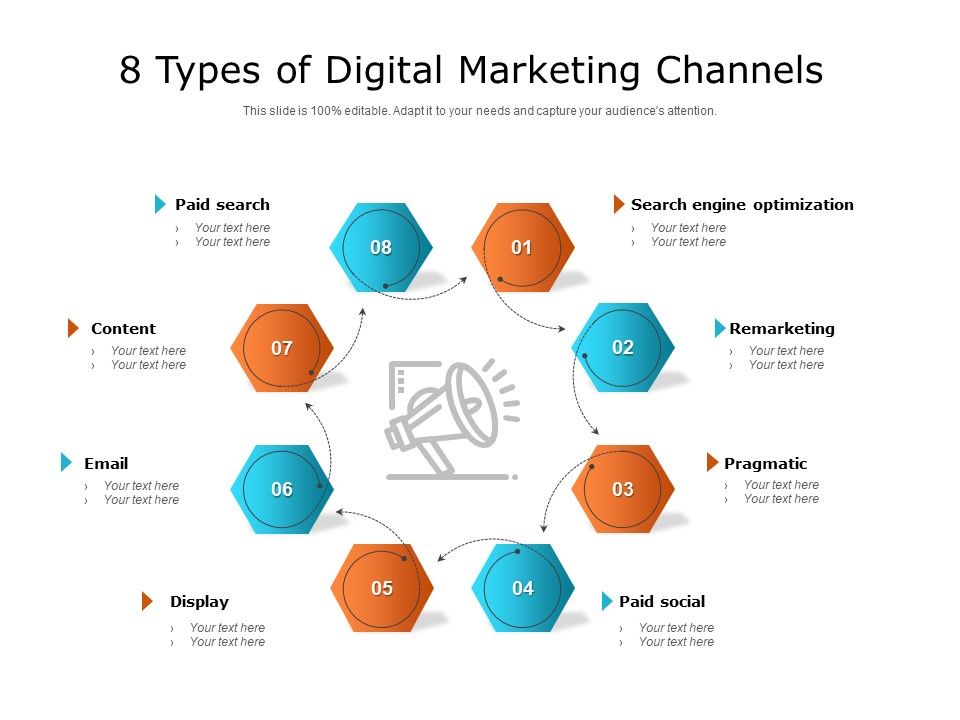
What Are Digital Marketing Channels?
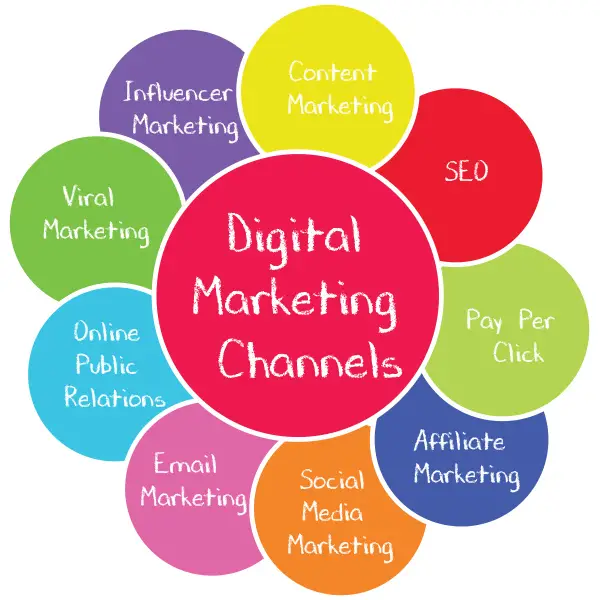
Digital marketing channels are the various platforms and methods used to promote a business’s products or services. They encompass a broad spectrum of approaches, each with its own unique set of benefits and challenges. The effectiveness of a channel often depends on the specific goals of the campaign and the target audience. A well-rounded digital marketing strategy typically incorporates several of these channels to maximize reach and impact. Different channels cater to different needs and budgets, making it essential to choose the right mix for each objective. Consider the following categories:
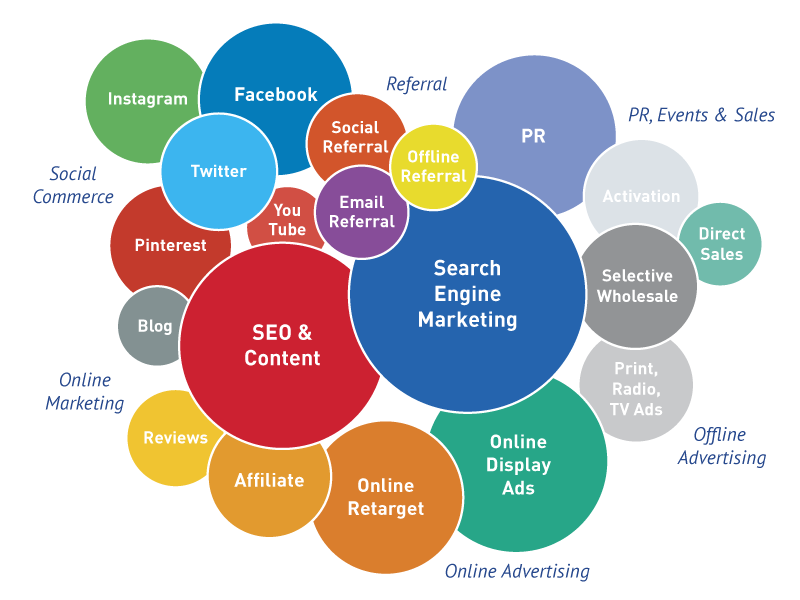
- Search Engine Optimization (SEO): This involves optimizing a website to rank higher in search engine results pages (SERPs) like Google.
- Search Engine Marketing (SEM): This utilizes paid advertising on search engines, such as Google Ads, to drive targeted traffic to a website.
- Social Media Marketing (SMM): Leveraging social media platforms like Facebook, Instagram, Twitter, LinkedIn, and TikTok to build brand awareness, engage with customers, and drive sales.
- Email Marketing: Sending targeted emails to subscribers to nurture leads, promote products, and build customer loyalty.
- Content Marketing: Creating and distributing valuable, relevant, and consistent content to attract and engage a target audience.
- Affiliate Marketing: Partnering with other businesses or individuals to promote products or services on their platforms.
- Influencer Marketing: Collaborating with influencers to promote products or services to their followers.
- Display Advertising: Using banner ads and other visual advertisements on websites and apps.
Search Engine Optimization (SEO) – The Foundation of Digital Marketing
Search Engine Optimization (SEO) is arguably the most foundational digital marketing channel. It’s the process of improving a website’s visibility in search engine results pages (SERPs). When someone searches for a particular keyword related to your business, a well-optimized website is more likely to appear at the top of the results. SEO encompasses a wide range of techniques, including:

- Keyword Research: Identifying the terms your target audience is using to search for products or services. Tools like Google Keyword Planner and SEMrush are invaluable for this.
- On-Page Optimization: Optimizing individual web pages for relevant keywords, including title tags, meta descriptions, header tags, and content.
- Off-Page Optimization: Building authority and credibility through link building, social media engagement, and online reputation management.
- Technical SEO: Ensuring your website is technically sound, including site speed, mobile-friendliness, and schema markup.
A strong SEO strategy is critical for long-term organic traffic and brand visibility. Without proper optimization, your website will likely be buried in search results, limiting its potential reach. Investing in SEO is often a worthwhile investment, especially for businesses with a strong online presence.

Social Media Marketing – Building Community and Engagement
Social media marketing has become an indispensable part of any digital marketing strategy. Platforms like Facebook, Instagram, Twitter, LinkedIn, and TikTok offer unparalleled opportunities to connect with your target audience, build brand awareness, and drive engagement. Here’s a breakdown of key aspects:

- Platform Selection: Choosing the right social media platforms based on your target audience’s demographics and preferences. For example, LinkedIn is ideal for B2B marketing, while Instagram is often used for visually-driven brands.
- Content Strategy: Creating engaging and valuable content that resonates with your audience. This could include images, videos, stories, polls, and live streams.
- Community Management: Responding to comments and messages, fostering conversations, and building relationships with followers.
- Social Media Advertising: Utilizing paid advertising to reach a wider audience and target specific demographics and interests.
- Social Listening: Monitoring social media conversations to understand what people are saying about your brand and industry.
Social media marketing requires consistent effort and a strategic approach. It’s not simply about posting content; it’s about building a community and fostering genuine engagement.
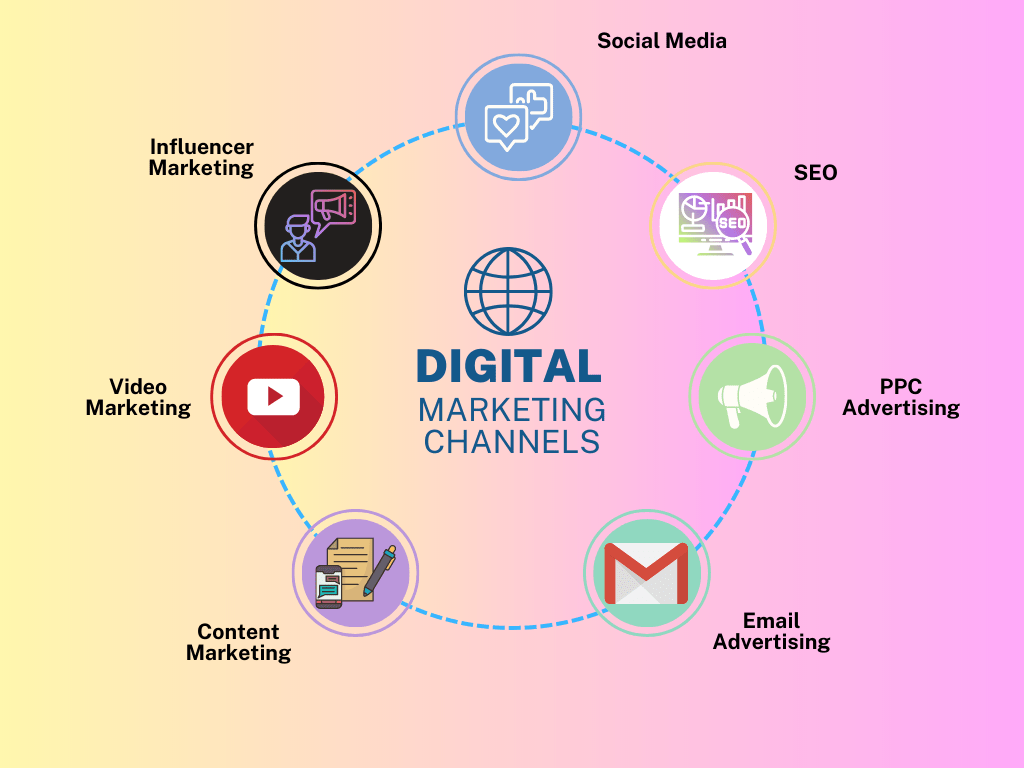
Email Marketing – Nurturing Leads and Driving Sales
Email marketing remains a highly effective channel for nurturing leads, promoting products or services, and driving sales. Building an email list is crucial, and it’s important to comply with all relevant regulations like GDPR.
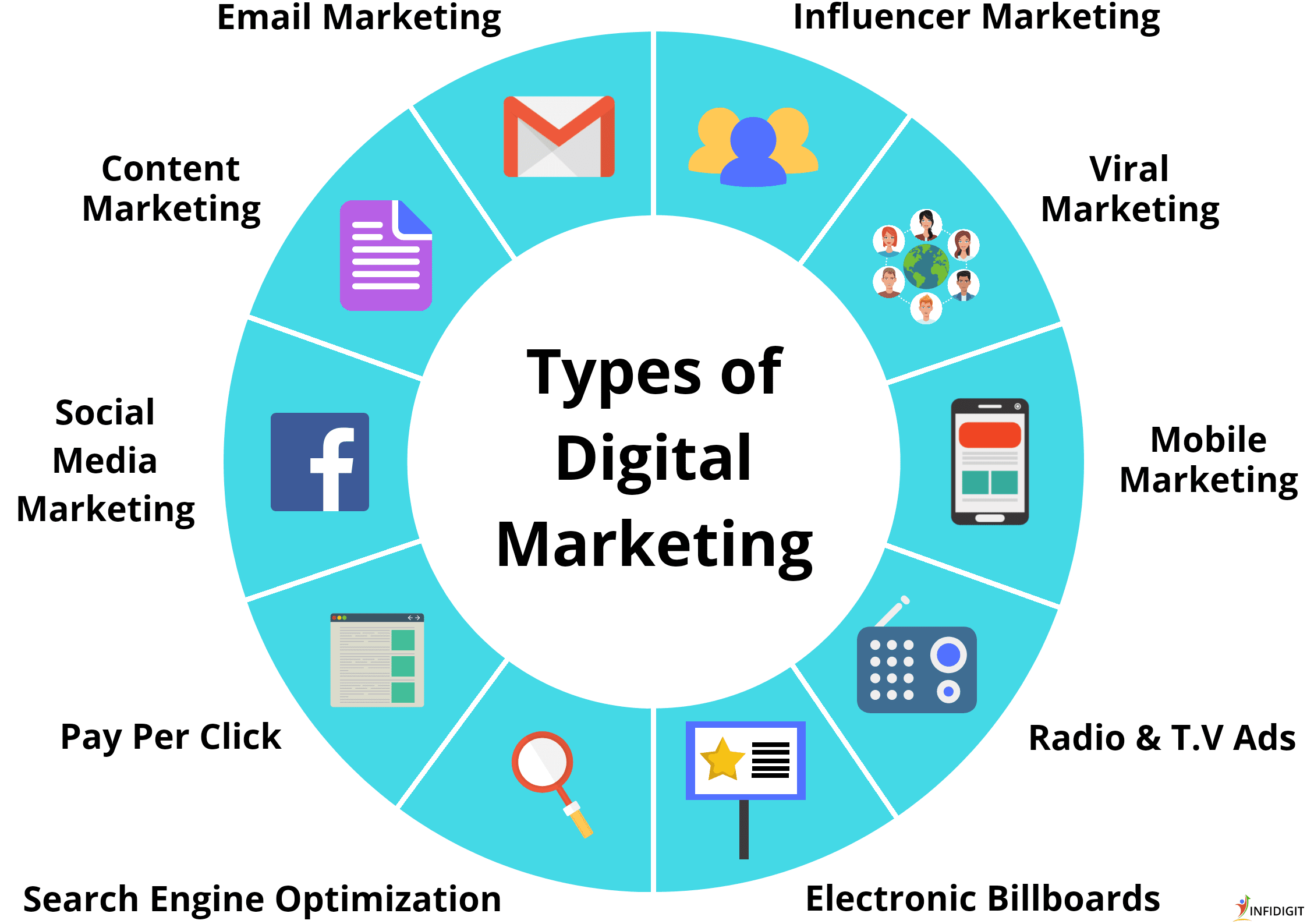
- List Building: Collecting email addresses through website forms, lead magnets (e.g., ebooks, webinars), and social media promotions.
- Segmentation: Dividing your email list into smaller groups based on demographics, interests, and purchase history.
- Email Content: Creating compelling email campaigns that provide value to subscribers, such as product updates, special offers, and educational content.
- Automation: Setting up automated email sequences to nurture leads and guide them through the sales funnel.
- A/B Testing: Testing different email elements (subject lines, content, calls to action) to optimize performance.
Email marketing offers a direct and personalized way to connect with your audience and drive conversions.

Content Marketing – Providing Value and Establishing Authority
Content marketing involves creating and distributing valuable, relevant, and consistent content to attract and engage a target audience. It’s a long-term strategy that builds trust and establishes your brand as an authority in your industry.

- Content Types: Blog posts, articles, infographics, videos, podcasts, ebooks, white papers, and webinars.
- Content Strategy: Identifying topics that your target audience is interested in and creating content that addresses their needs and pain points.
- SEO Optimization: Optimizing content for relevant keywords to improve its visibility in search engines.
- Promotion: Sharing content across multiple channels to reach a wider audience.
Content marketing is a powerful way to attract leads, build brand awareness, and drive organic traffic.
The Role of Paid Advertising – Amplifying Your Reach
Paid advertising, particularly through platforms like Google Ads and social media advertising, can significantly amplify your reach and drive targeted traffic to your website. It allows you to reach a specific audience based on their demographics, interests, and online behavior.
- Google Ads: Running search ads to appear at the top of Google search results.
- Social Media Advertising: Using platforms like Facebook, Instagram, and LinkedIn to target specific demographics and interests.
- Retargeting: Showing ads to people who have previously visited your website.
Paid advertising requires careful planning and budgeting, but it can be a highly effective way to generate leads and drive sales.
Measuring Your Digital Marketing Channels – Tracking Your ROI
It’s essential to track your digital marketing channel performance to understand what’s working and what’s not. Key metrics to monitor include:
- Website Traffic: Tracking the number of visitors to your website.
- Conversion Rates: Measuring the percentage of visitors who complete a desired action (e.g., making a purchase, filling out a form).
- Lead Generation: Tracking the number of leads generated through each channel.
- Return on Investment (ROI): Calculating the profitability of each channel.
Using analytics tools like Google Analytics, social media analytics dashboards, and email marketing reporting tools is crucial for making data-driven decisions.
Conclusion
Digital marketing channels are a complex and constantly evolving landscape. By understanding the strengths and weaknesses of each channel, and by implementing a well-defined strategy, businesses can effectively reach their target audience and achieve their marketing goals. Digital marketing channels are not a one-size-fits-all solution; the optimal mix will vary depending on the specific business, industry, and target audience. Continuous monitoring, analysis, and adaptation are key to success in the dynamic world of digital marketing. Investing in a strategic approach and staying informed about the latest trends will undoubtedly yield positive results.